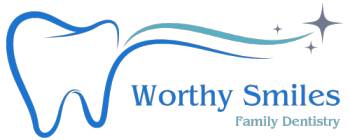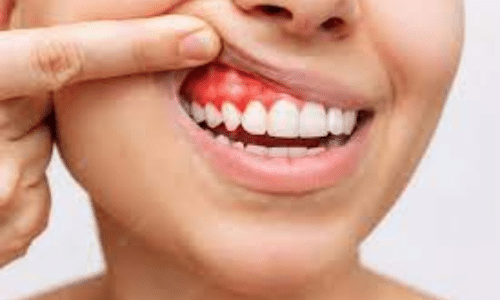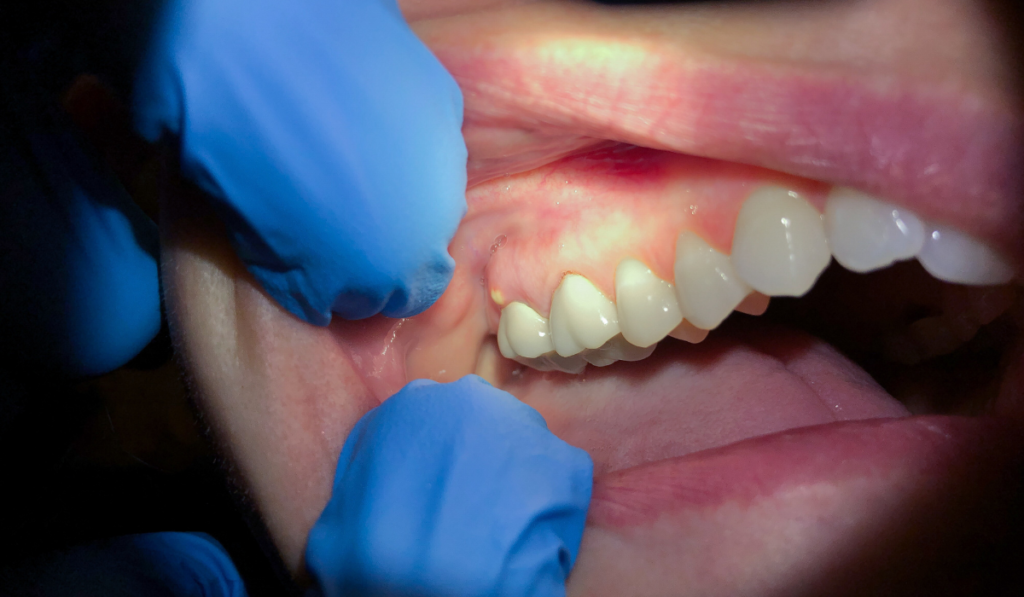What causes bleeding gums?
Bleeding gums can be a distressing and uncomfortable experience. They might indicate underlying issues with your oral health. Understanding the reasons behind bleeding gums can empower you to better care of your dental hygiene. This article will delve into the various factors that can lead to bleeding gums and provide expert insights on maintaining healthier […]
What causes bleeding gums? Read More »



